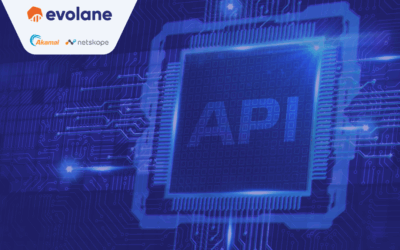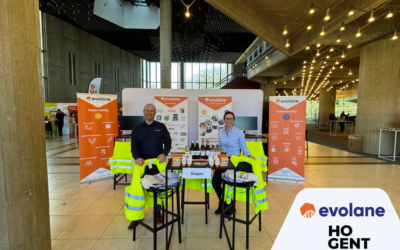How chaos brings peace to your IT team
Evolane embraces Chaos Engineering with Gremlin
In recent years, many monolithic applications have been replaced by distributed, microservices-based applications. Many physical servers are being replaced by virtualized resources or cloud solutions. There is more network traffic between application components, virtual environments consume more and different resources compared to monolithic applications, configurations are more extensive… To say the least, modern applications and IT landscapes look very different than they did a few years ago.
Evolve with today’s IT environments
While unit, integration, and load testing application testing has already become mainstream, we wonder if that effort still meets all the needs of today’s IT environment. The question is, “Can we still rely on our current testing strategy to judge our current software as qualitative?” Organizations need to ask themselves whether they are still in control of their IT departments.
Prepare for the unexpected
At Evolane, we support the philosophy that you should always be prepared for the unexpected. We are convinced that modern IT landscapes have become more complex and therefore require a comprehensive testing approach. Classic types of testing give us peace of mind, by reassuring us that applications do what we expect them to do. Today, however, we feel the need to test dependencies between different components and infrastructure resources.
“Can we still rely on our current testing strategy to assess our current software as qualitative?”
Away from the reactive approach
Monitoring applications and environments can alert teams that something is going wrong, but that’s a reactive warning when some of the damage has already been done. There’s a good chance that end-users have already experienced disruption before the team has solved the problem. AI monitoring attempts to solve this “reactive” approach by predicting problems based on baseline data. But even with AI monitoring, we depend on specific events that take place. This is where Chaos Engineering (CE) comes in handy!
Chaos Engineering (CE)
With Chaos Engineering, we use a controlled approach to intentionally inject failures into our production environment and then evaluate the behavior of our applications. By simulating service outages, resource outages, and network issues, IT organizations can take action before end users notice problems. Chaos Engineering also better prepares teams to respond when unforeseen circumstances arise. By proactively detecting problems, there will be less pressure and stress to implement a solution.

Read our other blogs
Why Netskope relies on Akamai for future-proof API Security
Why Netskope relies on Akamai for future-proof API securityAn in-depth look at how Netskope leverages Akamai to secure APIsIn a world where digital innovation is evolving at lightning speed, cloud, data, and network security are more important than ever. Netskope, a...
Evolane signs golden partnership with HOGENT
From the classroom to the workplace: we are joining forces to give IT talent every opportunity.On Tuesday, April 1st, 2025, Evolane participated as one of three gold year partners in the job and internship fair organized by HOGENT. The location? The ICC in Ghent. With...
Bot Detection
Bot DetectionThe crucial role of bot detection in the fight against botsBots present complex challenges for organizations. These automated programs, ranging from simple scripts to sophisticated AI-driven entities, play an ambiguous role in the cyber world. On the one...




